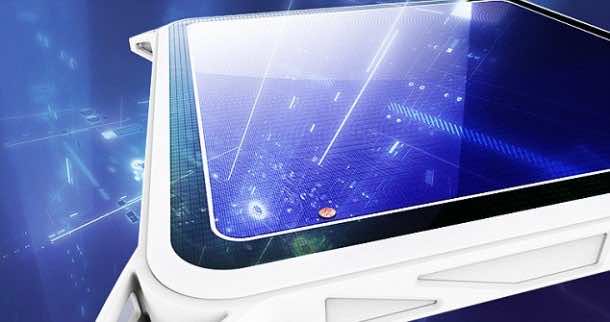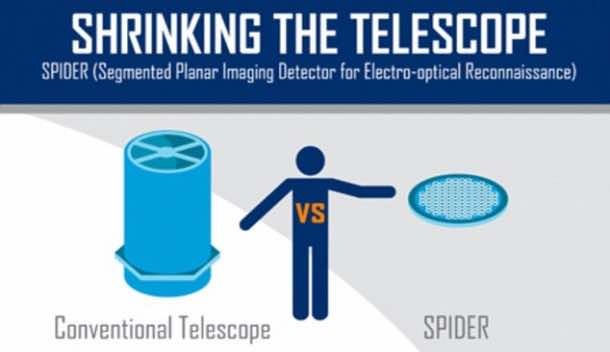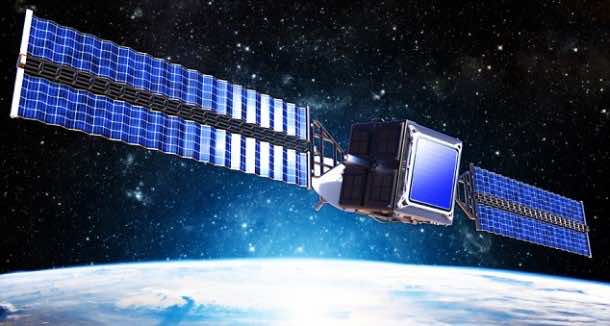There has been little innovation to the design of telescope ever since Galileo made use of one for gazing at the moon about 400 years ago. However, Lockheed Martin has plans for introducing a huge makeover by incorporating use of an array of small lenses as compared to a single large lens.
According to the firm, this particular design will allow the telescopes to be shrunk by a factor of 10-100. The work is part of a DARPA funded project that is known as Segmented Planar Imaging Detector for Electro-optical Reconnaissance or ‘SPIDER’.
The need for this project arose from the requirement of higher-resolution imaging for resolving objects located far away. This requirement would be mean that bigger telescopes will have to be launched into orbit and there’s a limit to which you can launch bigger telescopes owing to financial strains. Danielle Wuchenich, senior research scientist at Lockheed Martin said, “We can only scale the size and weight of telescopes so much before it becomes impractical to launch them into orbit and beyond. Besides, the way our eye works is not the only way to process images from the world around us.”
The Spider project is making use of a technique known as interferometry for reducing the size of the telescopes of future. Interferometry is a technique that takes in photons (what we see) and makes use of a thin array of lenses instead of large lenses in conventional telescopes. There are a number of scaled-up interferometer arrays that are situated in observatories around the world and are being used for collecting data over large spans of time for the formation of ultra-high-resolution images of objects in space. Spider basically employs this concept by flipping the sides!
The lenses being used rely on silicon-chip photonic integrated circuits (PICs) for combining the light in pairs, thus creating interference fringes. The phase and amplitude of the fringes are measured and used for constructing a digital image. This allows us to increase the resolution while keeping the disc to a minimal size.
Alan Duncan, senior fellow at Lockheed Martin said, “What’s new is the ability to build interferometer arrays that have the same number of channels as a digital camera. They can take a snapshot, process it and there’s your image. It’s basically treating interferometer arrays like a point-and-shoot camera.”
Duncan further added, “Spider has the potential to enable exciting discoveries by putting high-resolution imaging systems within outer planet system orbits such as Saturn and Jupiter. The ability to reduce size, weight and power could significantly change the game. With 10 to 100 times the resolution of a comparable-weight traditional telescope, imagine what you could discover.” Check out the video below for more details:


